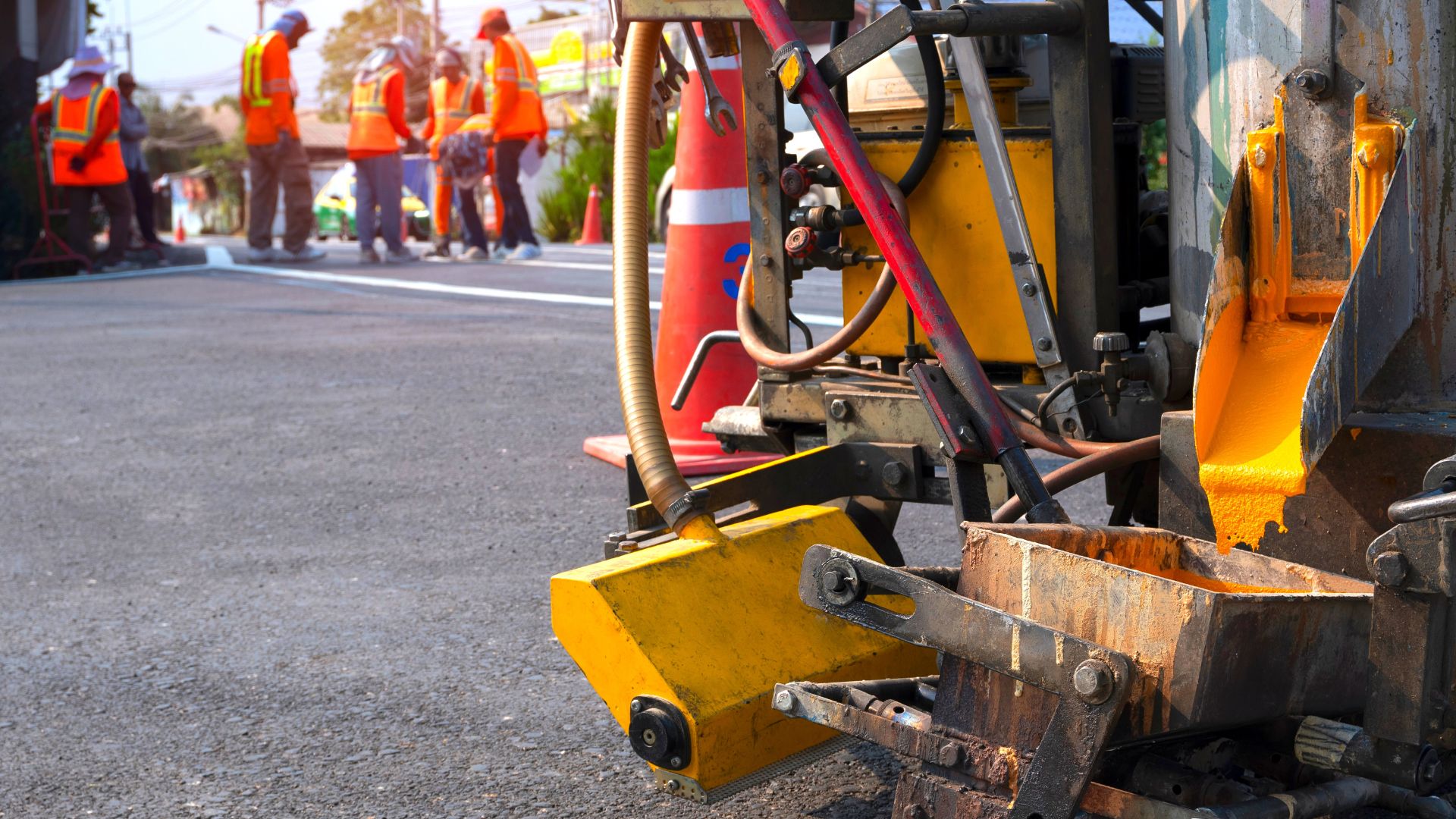Decades of experience in a range of industries
Proven processes for smooth delivery
Engineering and design expertise
In concept, plastic heat staking techniques refer to a plastic fastening process in which multiple separate pieces of material are compressed and retained to each other by deforming a protruding boss into a clamp-like stake, holding these pieces together. This fastening method is often utilized when a more rigid, reliable bond is needed above friction fits and adhesive joints, but where higher-rated joints using threaded fasteners or plastic welding are not necessary.
Heat staking, which plays a large role in technical manufacturing industries, offers these benefits:
Automating Industrial Heat Staking Fabrication
Manual Heat Staking
For small, single-stake applications, manual heat staking is performed on a benchtop using a handheld staking gun or press. In these applications, operators must assemble, align, hold and stake parts by hand. This scale of heat staking is sufficient for low volumes and stake counts per piece, but can become cumbersome very quickly as staking rates and sizes increase.
Semi-automated heat staking
This approach works for medium to high volume, moderate complexity projects where an operator can benefit from having some automatic support during the staking process. A semi-automated thermoplastic staking solution often utilizes a drawer-load staking compartment that operators load manually, and then actuated staking elements conduct the heating, staking and cooling process automatically.
Fully automated heat staking
Automation is best for the highest volumes and complexities, as well as where labor availability is significantly constrained. A fully automated heat staking machine can complete multiple heat stakes on parts as they progress through a continuous process. These machines can include multiple automatic positioning, assisted cooling, quality control, labeling and cleaning steps all inline.
Applications in Thermoplastic Staking

Staking a Claim in Thermoplastic Joining Solutions
Using tightly controlled heat and pressure applied onto small areas of otherwise larger components, heat staking techniques offer attractive paths toward resilient attachments at competitive per-unit costs.
As production demands and scales grow, automated heat staking solutions offer even greater advantages to industrial manufacturers balancing costs, part complexities and customer demands.
Could heat staking be the answer for your assemblies? Contact us today for a free application review.
